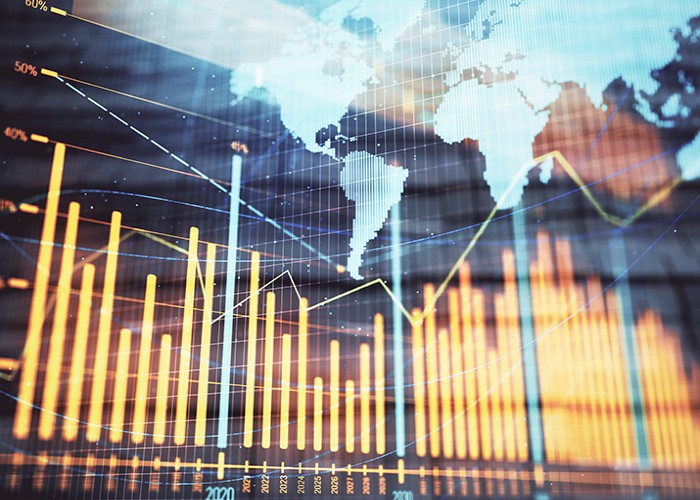- Insights & events
- Blog
4flow trend monitor - September 28, 2023
Automated end-to-end fulfillment – supply chains with minimal human involvement


Affected industries: Engineering, consumer goods
Affected supply chain segments: Distribution of goods with predictable demand, warehouse operations, last-mile delivery
What is automated end-to-end fulfillment?
Automated end-to-end fulfillment refers to the use of advanced technology to eliminate the human involvement necessary in logistics processes using an end-to-end approach. Rather than looking at individual steps separately, all processes in warehouses are considered, from goods receiving to storing and picking to shipping. This way, operations can be designed for greater cost efficiency, safety and reliability.
How is automated fulfillment developing?
Automated fulfillment is not only relevant for the automation of warehouses for individual businesses. Often, various supply chains are connected by warehouses shared by multiple users. This enables the use of synergy effects and creates added value for all participants. Especially in e-commerce, this kind of fulfillment center is popular. At the same time, more and more concepts for the automation of logistics operations are being developed – such as concepts for 24/7 micro fulfillment or cold chain warehouses to cover the last mile delivery of grocery and medical products. In Japan, businesses aim for full automation in this area.
Getting ahead of the trend
There are many options for advancing automation, so businesses should focus their efforts where it will make the most difference for their supply chains. Determine what degree of automation makes sense for your business with the current and future market-ready technology. This interactive model can help businesses determine the right amount of automation for their warehouses.
4flow trend monitor of digital transformation
With the fourth industrial revolution, digital connectivity plays an ever more important role in the working world. Innovative new technologies will have long-lasting effects on the way business is done. As rapid digital developments make new products, strategies and best practices available, businesses need to know where to focus their resources – and when to do it.
Authors


Holger Clasing
Head of Strategy Practice at
4flow consulting


Wendelin Gross
Head of
4flow research
Interested in more trends?


Macroeconomics – market shifts mean new risks and opportunities for the supply chain industry
Series on macroeconomics – part of the 4flow trend monitor


Supply chains with a strategic, long-term approach are better prepared to react with agility in an uncertain future
4flow trend monitor series on sustainability and resilience in supply chain
